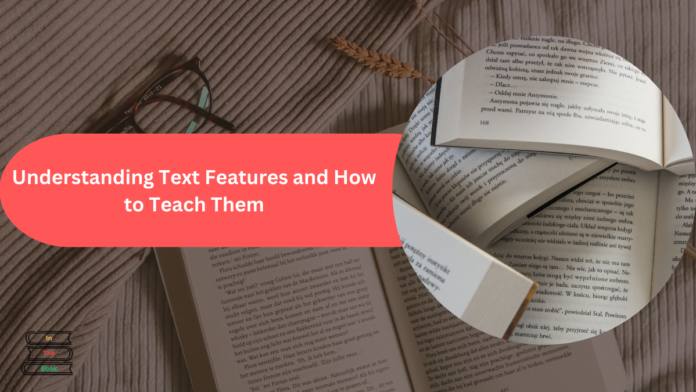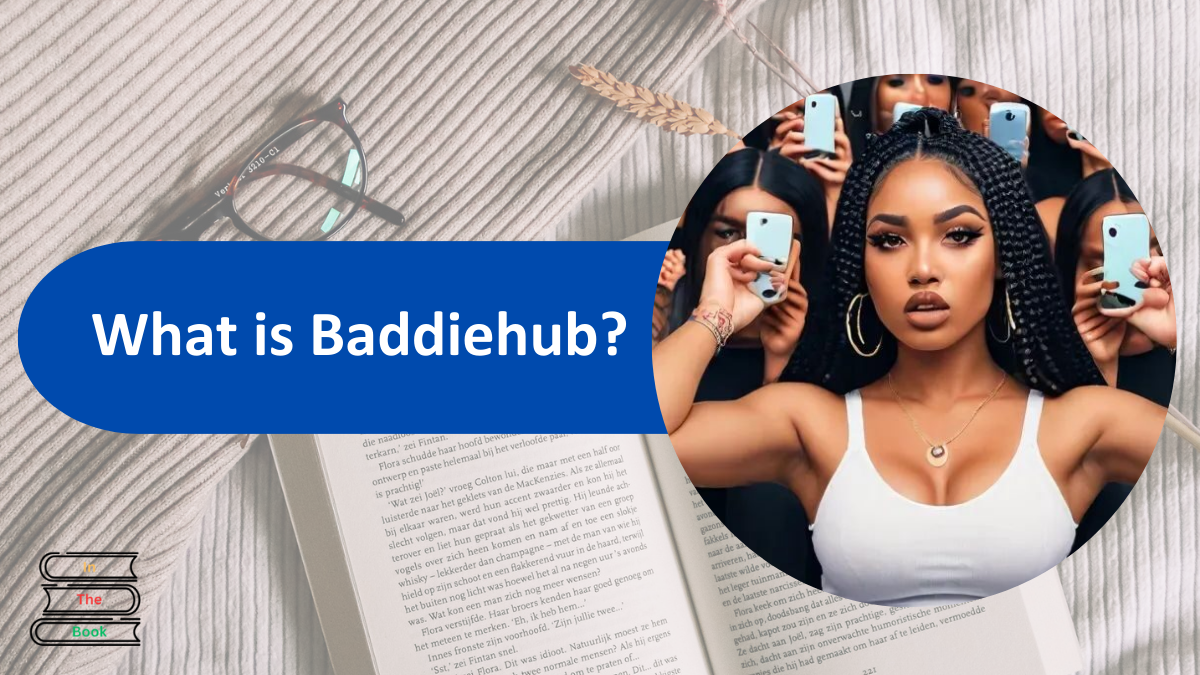Text features are important elements that help readers navigate and understand nonfiction texts. These features include headings, subheadings, captions, diagrams, glossaries, and indexes. They provide structure and additional context, making it easier for readers to grasp complex information.
Here is a closer look at what text features are and how you can effectively teach them to students.
Contents
What are text features?
Text features are parts of a book or article that are not part of the main text but help organize and highlight important information. Common text features include headings, subheadings, captions, diagrams, glossaries, and indexes.
These elements provide structure and context, helping readers better understand and navigate the text.
Why Text Features matter
Text features play a important role in improving comprehension and engagement. They break down information into manageable parts, making it easier for readers to follow and understand the content.
Visual elements like pictures and diagrams also make the text more appealing and engaging. Also, features such as the table of contents and index allow readers to quickly find specific information, enhancing their overall reading experience.
Teaching Text Features
Here are some practical ways to teach text features:
Ways to Teach Text Features
Look at some of the best ways to teach text features:
Scavenger Hunt: Make learning fun by organizing a scavenger hunt with different informational texts. Give students a checklist to find text features, turning this into an interactive, hands-on activity.
Text Feature Walk: Before reading a new text, guide students through a “text feature walk.” Discuss the features they see, building their background knowledge and preparing them for better understanding.
Matching Game: Make a game with cards that have text feature names and their definitions or examples. Students match them, reinforcing their understanding in a playful way.
Anchor Chart: It collaborate with students to create an anchor chart showcasing text features with pictures and definitions. This visual tool helps them recall and reference what they’ve learned.
Think-Alouds: It shows how to use text features by thinking out loud while reading. Show how headings, captions, and diagrams enhance comprehension, modeling active engagement.
These activities make learning about text features interactive and enjoyable, helping students grasp their importance and use them effectively.
Applications
Understanding and using text features is a skill that extends beyond the classroom. It prepares students for real-world tasks, such as understanding manuals, navigating websites, and conducting research.
Mastering text features equips students with critical thinking and analytical skills, making them better prepared for academic success and informed citizenship.
Text features are vital tools that support reading comprehension and engagement. By incorporating interactive and practical teaching strategies, educators can help students become proficient in identifying and using text features.
This proficiency will aid them in their academic journey and beyond.
Some Questions
What are some common text features in nonfiction?
Common text features in nonfiction include headings, subheadings, captions, diagrams, glossaries, and indexes.
Why are text features important?
Text features help improve comprehension, increase engagement, and aid in navigation by breaking down information into manageable parts and providing visual support.
How can I teach text features effectively?
You can teach text features through activities like scavenger hunts, text feature walks, matching games, creating anchor charts, and using think-alouds.
How do text features prepare students for real-world tasks?
Text features help students develop critical thinking and analytical skills, which are essential for understanding manuals, navigating websites, and conducting research.
Read More:
- The Real Reason Invoices Go Unpaid — And How Collection Automation Can Fix It
- Best Places to Buy Diamonds and Engagement Rings Online
- Building Focus and Strategy Through Interactive Digital Experiences
- How Students’ Reading Interests Influence Their Motivation and Performance in Writing Assignments
- The Damages Resulting from the Use of Suboxone

Chandler is an avid automobile enthusiast who is passionate about all things on wheels. From the latest car models to classic vintage rides, I love exploring the automotive world’s intricate details and engineering marvels. With years of experience in test-driving, reviewing, and analyzing cars, I provide readers with comprehensive insights and honest opinions.



























